I received this question on the blog and thought it was worth addressing in a separate post. Shed issues can happen at any time of year but are most common in winter when the humidity gets low. Using a shed box (follow directions for nestbox in another post) can help prevent this if you keep the substrate in the shed box wet down with regular misting (not too much water or it will develop bacteria-just enough that you could squeeze the soil into a ball and have it hold together). Retained shed often happens on the toes and tail tip.
Question received:
"My crested geckos foot looks burnt or rotting . Im not sure why of whay to do ."
Reply
Lorna
7/7/2018 08:35:13 amHi Tiffany,
Without seeing the gecko in person I'm going to guess from your description that your gecko has a bad shed situation on it's foot or that it walked through the food or both. Sometimes feet get crusty and they need a "sauna" to help get the shed or food off. Get a Glad box as described in the "How to Make a Nestbox" post and use a hot glue gun to melt some air holes in the lid and/or sides. Not too many because you are going to use the box for humidity-but enough that your gecko is getting some fresh air in there. Don't cut the entrance hole in the lid as described-leave it one piece. Take paper towels and dampen them down with room temp water. Place the towels in the box and spay the box with water. Then place the gecko inside with the lid closed for about 15 minutes. This is usually enough time for the dirt to loosen and hopefully come off by itself on the towels. If it needs more help then wet down a q-tip and see if you can gently scrub the mess away. You may need to use a dab of neosporin without pain reliever if the foot appears raw once the surface shed/dirt is gone. Most of the time the skin is fine under it though. If left too long it can cause restrictions in blood flow and they can lose toes, so it is important to get it all taken care of. If you suspect a deeper injury once you have gone through these steps then a vet visit may be in order.
Good luck!
Question received:
"My crested geckos foot looks burnt or rotting . Im not sure why of whay to do ."
Reply
Lorna
7/7/2018 08:35:13 amHi Tiffany,
Without seeing the gecko in person I'm going to guess from your description that your gecko has a bad shed situation on it's foot or that it walked through the food or both. Sometimes feet get crusty and they need a "sauna" to help get the shed or food off. Get a Glad box as described in the "How to Make a Nestbox" post and use a hot glue gun to melt some air holes in the lid and/or sides. Not too many because you are going to use the box for humidity-but enough that your gecko is getting some fresh air in there. Don't cut the entrance hole in the lid as described-leave it one piece. Take paper towels and dampen them down with room temp water. Place the towels in the box and spay the box with water. Then place the gecko inside with the lid closed for about 15 minutes. This is usually enough time for the dirt to loosen and hopefully come off by itself on the towels. If it needs more help then wet down a q-tip and see if you can gently scrub the mess away. You may need to use a dab of neosporin without pain reliever if the foot appears raw once the surface shed/dirt is gone. Most of the time the skin is fine under it though. If left too long it can cause restrictions in blood flow and they can lose toes, so it is important to get it all taken care of. If you suspect a deeper injury once you have gone through these steps then a vet visit may be in order.
Good luck!
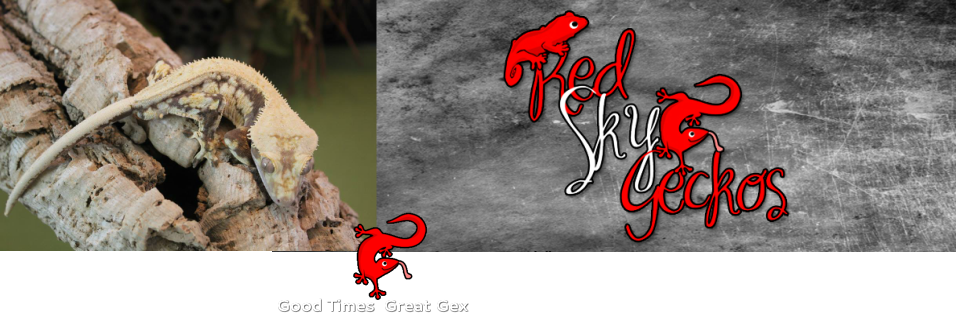

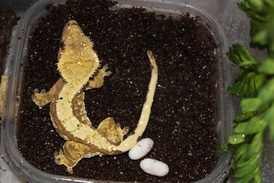
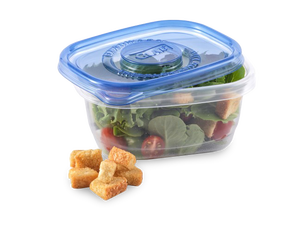
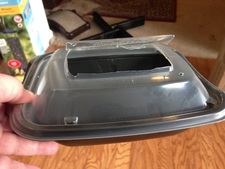
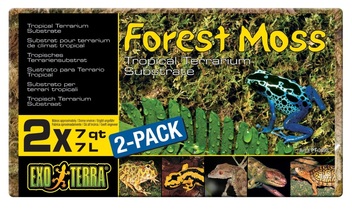
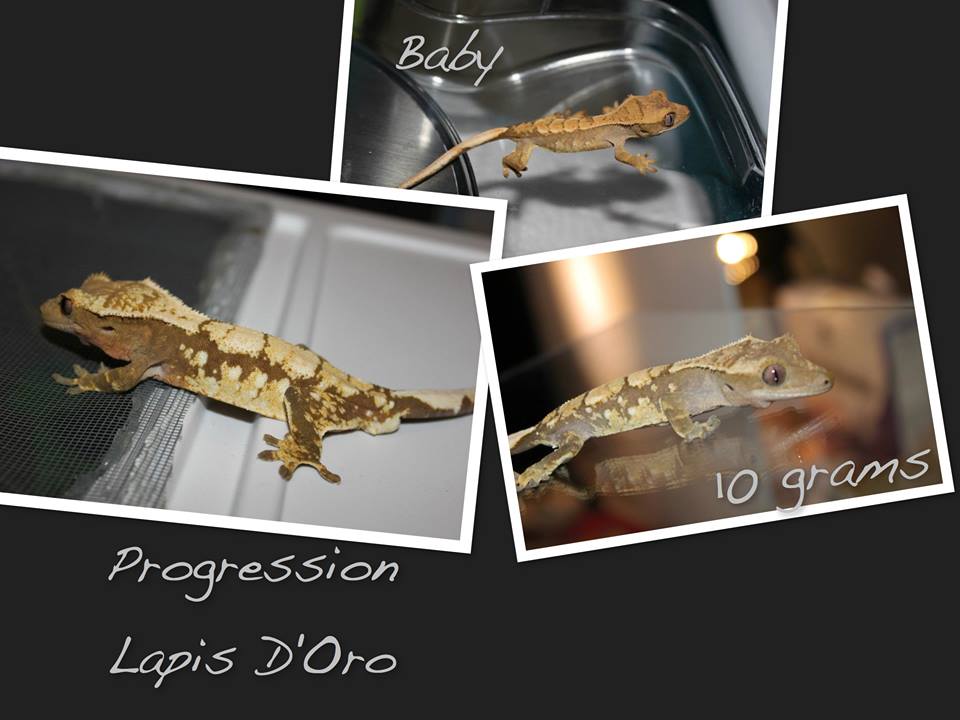
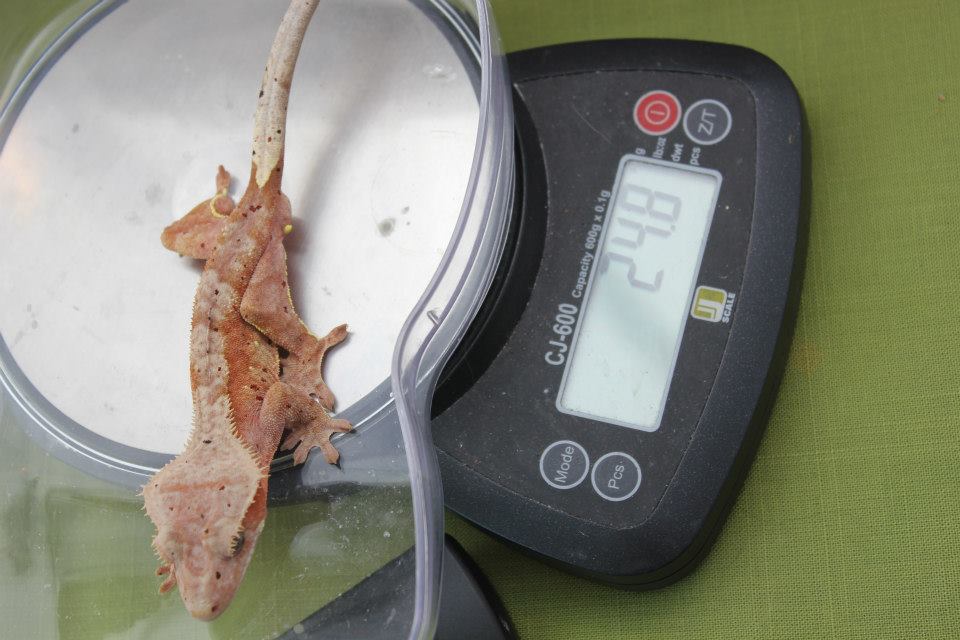
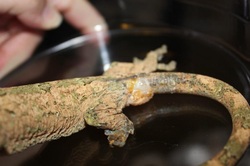
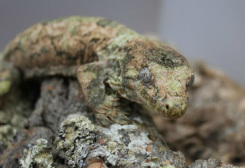
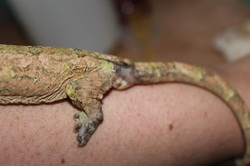
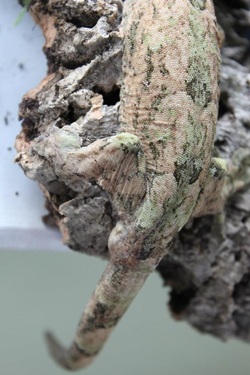
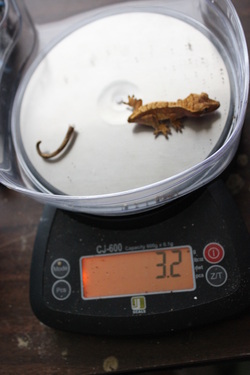
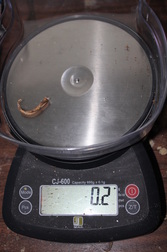
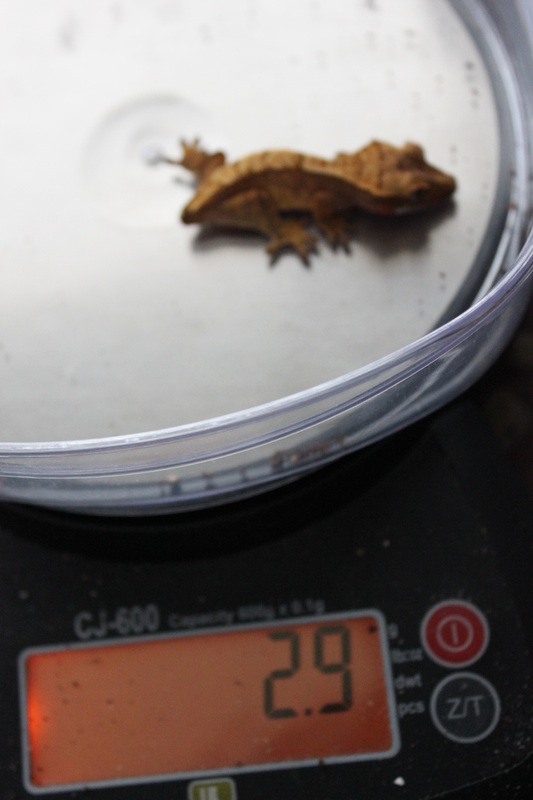
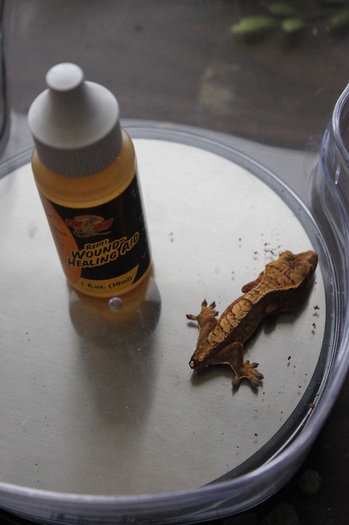
 RSS Feed
RSS Feed